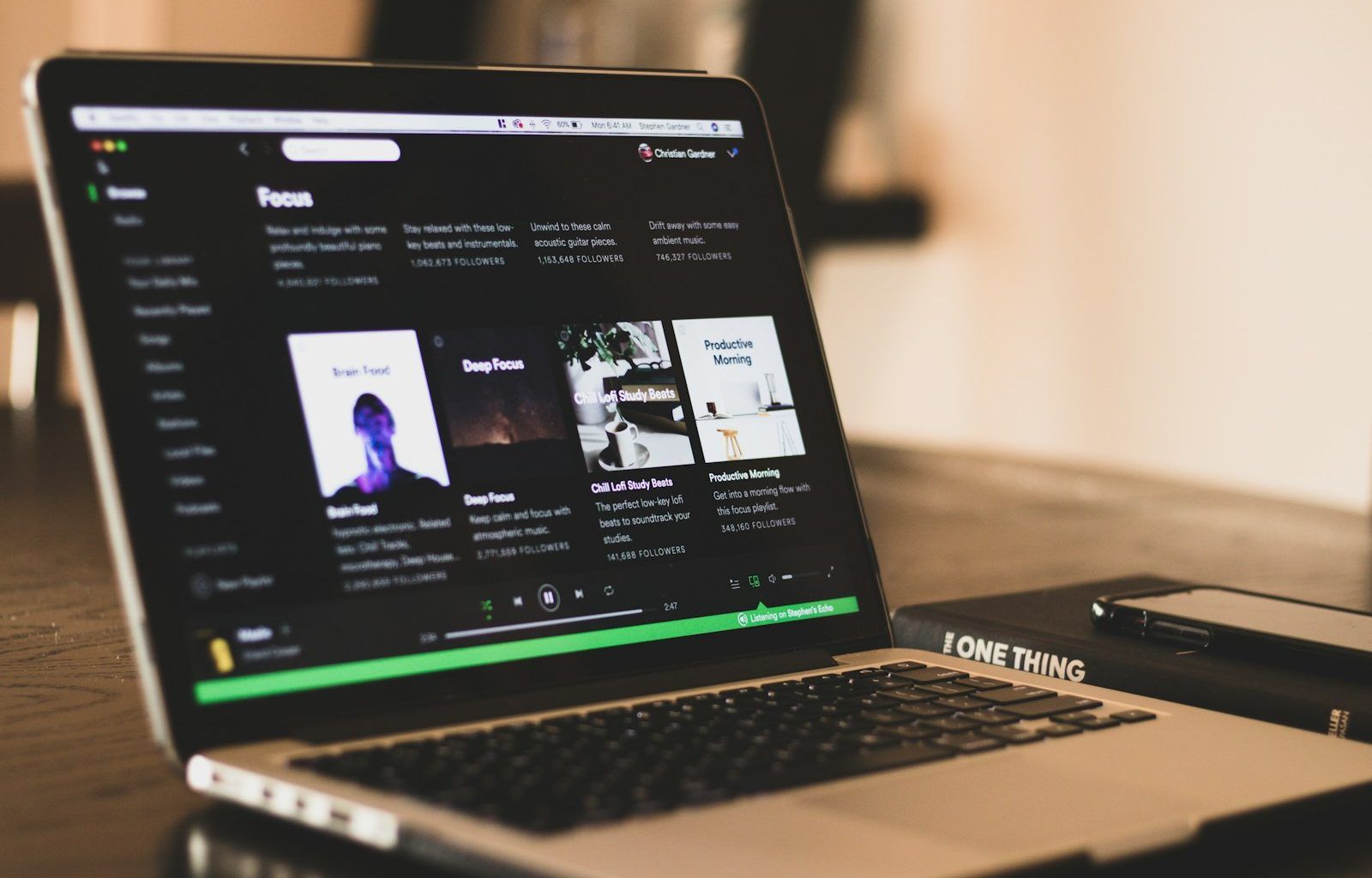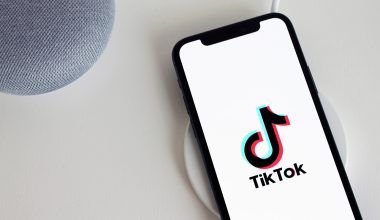If you’ve ever explored music streaming platforms, record stores, or artist discographies, you’ve likely come across the terms “EP” and “album.” At first glance, they may seem similar, but there’s a clear difference between them. Knowing the distinction can help you understand more about music releases and even help you connect better with your favorite artists. So, let’s dive into what makes an EP different from an album in simple, everyday language.
Understanding the Basics
To start, let’s break down what these terms mean. An EP, short for “Extended Play,” is a collection of songs that’s longer than a single but shorter than a full album. Think of it as a bite-sized version of an album. On the other hand, an album is a larger, more comprehensive music project that typically includes a broader selection of tracks and showcases a deeper exploration of themes and artistry.
While both EPs and albums are music releases, they serve different purposes. Artists might release an EP as a teaser for an upcoming album, to experiment with new sounds, or simply to share new music more quickly. Albums, however, often represent a complete creative vision or tell a larger story.
How Many Songs Are in an EP?
One of the easiest ways to spot the difference between an EP and an album is by the number of tracks. An EP usually contains three to six songs. It’s designed to be concise and to the point, giving listeners just enough to enjoy without overwhelming them. For example, if an artist wants to test out a new style of music, they might release a short EP to gauge audience reaction.
In contrast, an album typically has ten or more songs. This longer format allows artists to explore a wider range of themes, emotions, and styles. When you listen to an album, you’re often experiencing a more immersive journey into the artist’s world.
The Role of Duration
Another major factor that distinguishes an EP from an album is the total duration. EPs generally have a total playtime of 15 to 30 minutes. This shorter length makes them ideal for listeners who want a quick taste of new music without committing to a full-length project. On the flip side, albums usually run 30 minutes or longer, giving artists more time to delve into complex ideas or tell a story through their music.
For example, if you’re commuting to work and want to listen to something new, an EP can be the perfect choice. But if you have a free afternoon to relax and dive into an artist’s music, an album might be a better fit.
The Creative Purpose
Artists often use EPs as a creative testing ground. Because they’re shorter and less expensive to produce, EPs offer musicians the freedom to experiment with new genres, sounds, or collaborations. For instance, an artist known for pop music might release an EP to explore electronic or acoustic styles.
Albums, on the other hand, are usually more polished and cohesive. They’re often seen as a major milestone in an artist’s career, showcasing their growth and creativity. For many artists, releasing an album is a way to solidify their place in the music world and leave a lasting impression.
The Marketing Angle
From a marketing perspective, EPs and albums serve different roles. EPs are often used to build hype or keep fans engaged between major releases. They’re like appetizers before the main course, giving listeners something to enjoy while they wait for a full album.
Albums, however, are the main event. When an artist releases an album, it’s usually accompanied by a larger promotional campaign, including music videos, interviews, and sometimes even a tour. Albums often represent a significant investment of time and resources, so they’re treated as big events in the music industry.
Examples of EPs and Albums
To make things even clearer, let’s look at some real-world examples. Many famous artists have released EPs as stepping stones to their albums. For example, an artist might release a four-track EP to preview their upcoming album or to share songs that didn’t quite fit the album’s theme.
On the other hand, albums are often more structured and thematic. Think about iconic albums like Adele’s 21 or Taylor Swift’s 1989. These projects are cohesive collections of songs that tell a story or capture a specific period in the artist’s life.
Why Do Artists Release EPs?
EPs are incredibly versatile and can serve many purposes. Some artists use them to introduce themselves to new audiences. If you’re an emerging musician, releasing an EP can be a cost-effective way to share your work and start building a fanbase.
Other times, artists release EPs as a way to experiment or collaborate. For example, a rock band might team up with a hip-hop producer to create a unique EP that blends their styles. This kind of experimentation is often easier with an EP than with a full album.
What About Singles?
You might be wondering, where do singles fit into all of this? Singles are individual songs that artists release to promote their music. They’re usually part of a larger project, like an album, but they can also stand alone. Singles are like quick snapshots of an artist’s sound, while EPs and albums provide a more in-depth experience.
In Summary
The difference between an EP and an album comes down to size, duration, and purpose. EPs are shorter, more experimental projects that give listeners a quick taste of an artist’s music. Albums are longer, more cohesive works that showcase an artist’s full creative vision. Both formats play important roles in the music industry, and understanding their differences can help you appreciate music even more.
So, the next time you’re exploring new releases, take a moment to notice whether you’re listening to an EP or an album. Each one offers a unique way to connect with the artist and their music.
For further reading, explore these related articles:
- Romantic Duet Songs: Stories of Love Told Through Music
- Exploring Doja Cat’s “Paint the Town Red” Lyrics – A Song About Being Bold
For additional resources on music marketing and distribution, visit DMT Records Pvt. Ltd..






